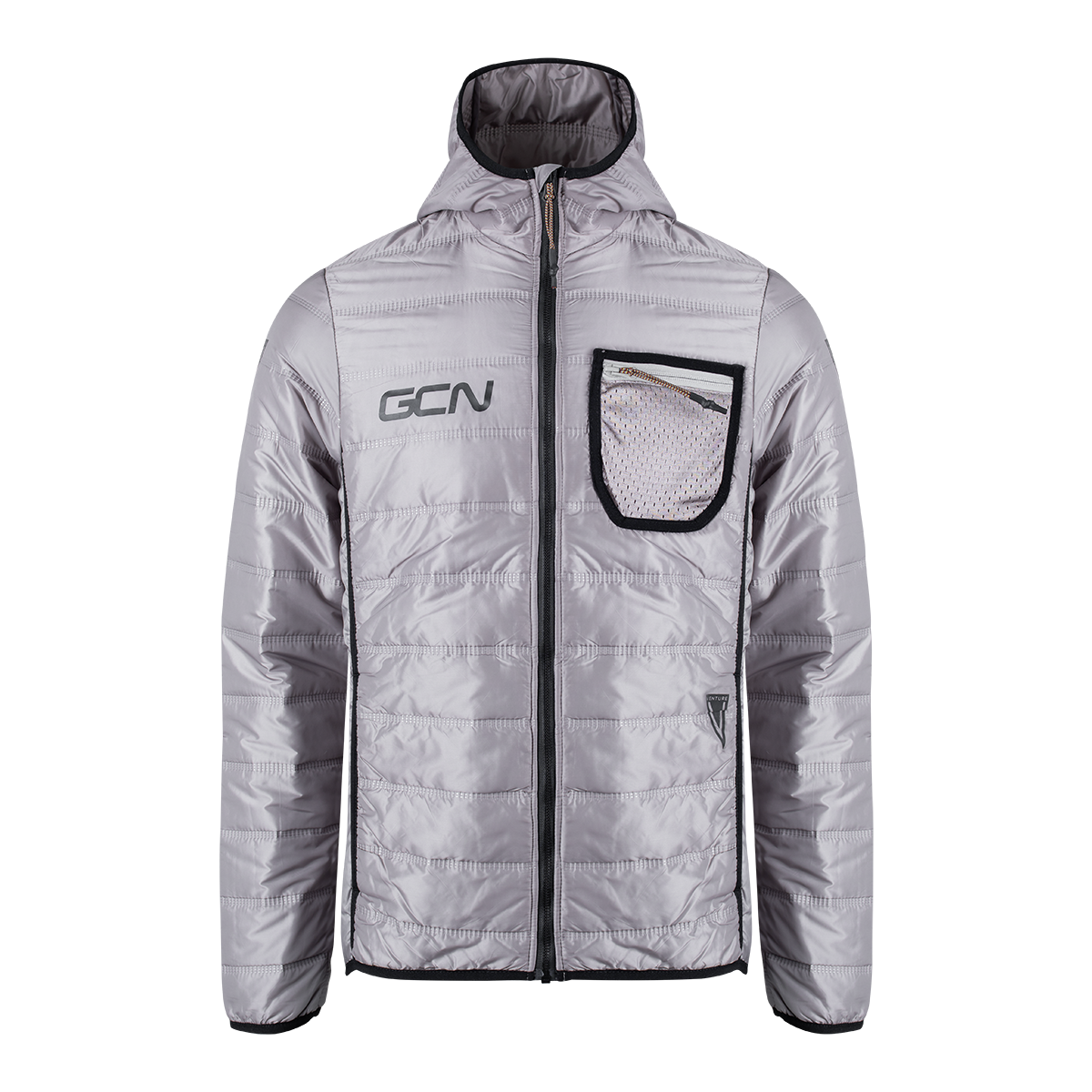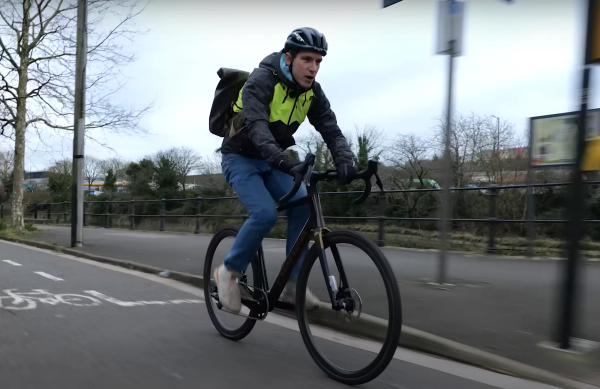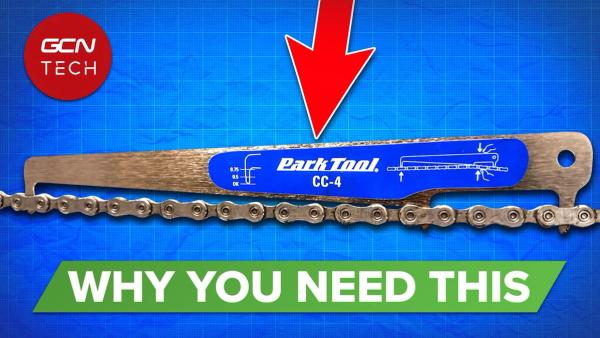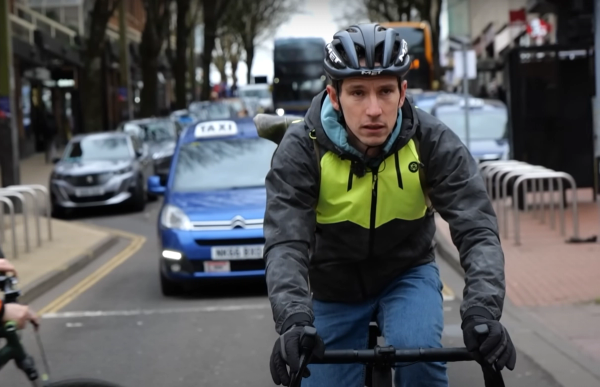How to ride a fixie: A beginner's guide
After years of professional track riding, Manon Lloyd is the perfect person to talk us through fixed gear riding
GCN
The GCN team
Having ridden a track bike around a velodrome day in, day out for years, Manon Lloyd knows a thing or two about riding fixed gear bikes. In this guide, Manon is taking her fixed gear skills onto the road to go through everything you need to know to ride a fixed gear bike.
What you need to know about fixed gear bikes
Fixed gear bikes have no freewheel, so the pedals are always turning when the bike is moving. If you stop pedalling whilst riding along, you'll get catapulted over the front of the bike.
They have one brake on the front, and instead of a back brake, you use your legs. The only thing separating a fixed gear bike or 'fixie' and a track bike is that front brake. With no corners on the velodrome, you don't need to be able to slow down. On the open roads, you do.
Firstly, relax
When you first get on a fixie, you might feel a little bit nervous, and that is absolutely normal. However, when you feel nervous, you tense up your body, which could make things unstable. So try your best to relax. Take deep breaths, stay calm, and remember, it's okay: you can stop.
Read more: 5 drills to improve your bike handling
Flat pedals or clipless pedals for fixed gear riding?
You can choose between clipless pedals or flat pedals for fixed gear riding. For commuting and riding around town, flat pedals are more convenient, and they can be less intimidating to get started with.
However, if you spend a lot of time riding a fixed gear bike, clipless pedals and cycling shoes are worth a try. With your feet attached, you will have more power to brake with the back wheel. Clipless pedals will allow you to bring the bike to a stop quickly, just by putting resistance through the pedals.
How to brake with your legs
Getting the hang of braking on a fixed gear bike is often the thing that new riders find the most difficult. It does take some time to get comfortable pushing and pulling on the pedals to make the bike come to a stop, but with time, you will crack it.
To slow the bike down with your legs, apply pressure to the pedal as it's coming up on the stroke. If you are clipped into the bike with clipless pedals, you can also pull up on the pedals as they are on their way down to the bottom of the stroke.
It might sound complicated, but the principle is easy to understand once you get riding. Before you ride in busy areas, get to grips with the process of braking on a quiet road or car park.
Think ahead and anticipate traffic
It's super important, no matter what bike you're on, to look ahead and anticipate what's coming. But on a fixed gear bike, it's even more important. Slowing down with your legs takes longer than simply pulling the brakes on a normal bike, and with one gear, getting up to speed again can take a lot of effort.
Avoid sharp braking and accelerating by always looking ahead to predict what you need to do.
Watch out for pedal strike when cornering
When cornering on a fixed gear bike, bear in mind that your pedals are still turning. If you lean too far into the corner, you might strike a pedal on the ground, which can send you flying.
Most fixed gear bikes have higher bottom brackets to make this less of a risk, and some even come with shorter cranks to reduce the risk of pedal strike. Even so, it's something to bear in mind. Take the corners steadily.
Learn to track stand
Track standing is easier on a fixed gear than on a bike with a freewheel. The fixed gear allows you to push back on the pedals, meaning you can roll back and forth to find a balance point with ease. If you've never managed to crack the track stand on a normal bike, try it on a fixed gear. It might not be as difficult as you think.
Read more: How to track stand
Gear selection
Of course, on a fixed gear bike, you only have one gear to choose from. So on a fixed gear bike, gear selection is about the gear you choose to fit to the bike. You can swap out the sprocket on the back and the chainring on the front to find a gear that is comfortable at your normal cruising speed, and is light enough to get you to the top of any hills near you.
Read more: Is a fixed gear bike a good training tool?
Have you ever tried to ride a fixie? Let us know in the comments. For more skills tips, visit our skills library.

.png?w=600&auto=format)










